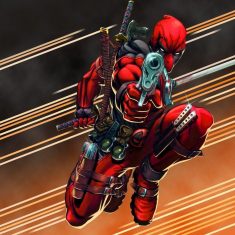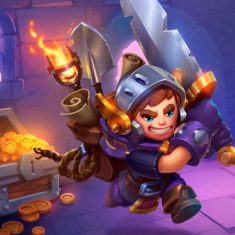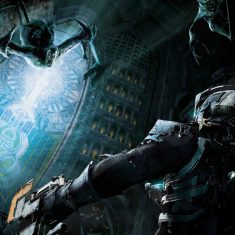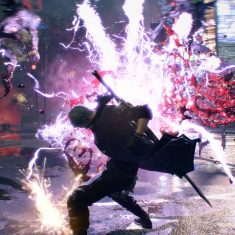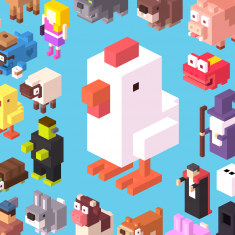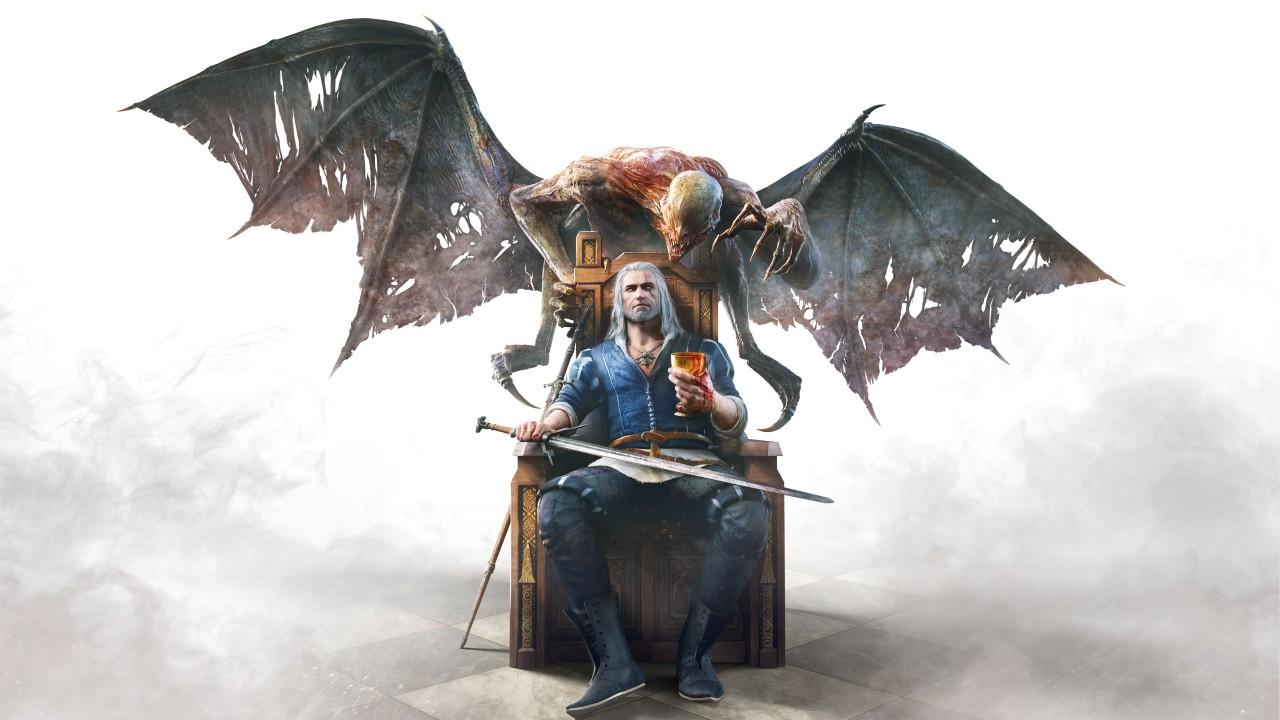
Five years ago, Polish game development company CD Projekt Red released The Witcher 3: Wild Hunt into the world, a video game that has won the hearts of fans around the world and has become an instant success. The third game in the series about The Witcher, based on the Andzej Sapkowski‘s books, raised the bar in the RPG genre to a whole new level – it has become a reference point for many studios, both in quality and marketing. Thanks to this, The Witcher 3 popularized many of the genre’s characteristic features that existed before it, but only after its release began to appear everywhere. These are the things that we will be discussing in today’s article.
Question marks on the in-game map

One of the Witcher’s most notable innovations is question marks that indicate important locations nearby. The reason for their introduction is quite simple – the developers had to force the players to search every corner of the map, therefore increasing the playthrough duration. Many players are annoyed by CD Projekt Red’s marketing move, but it got the job done. What self-respecting player can follow the main storyline without deviations if there are so many places with good loot around? They are often swarming with enemies, which forces you to spend even more time exploring the world, but the reward pays off – and users act accordingly.
Naturally, the rest of the game developers immediately took the technology into service, and now AAA-products like Horizon: Zero Dawn are also full of these question marks.
Character leveling in open-world games
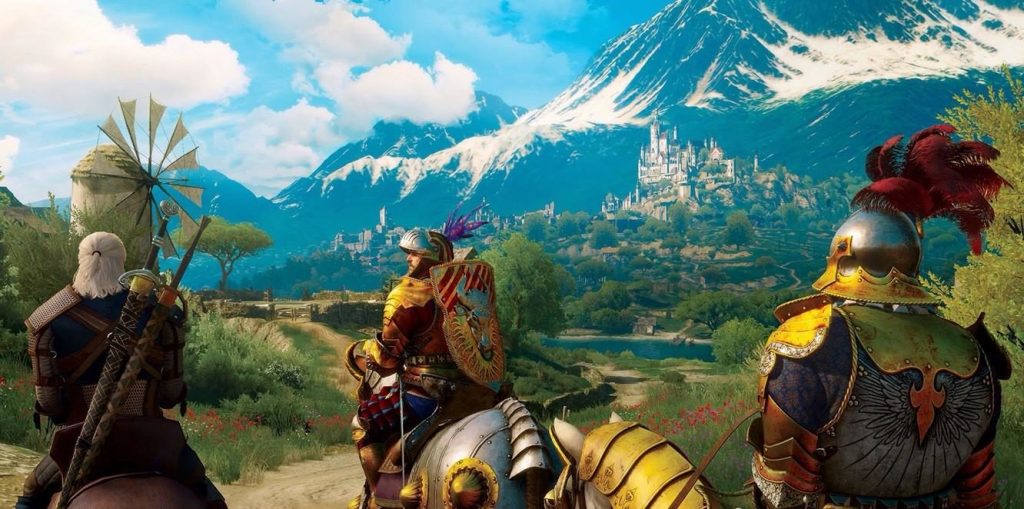
Wild Hunt was not a pioneer in the combining of leveling-up and the open-world – one only has to remember the legendary Fallout, which has been doing this since the last millennium’s end. However, Geralt’s adventures showed the rest of the video game companies how to develop character in terms of plot and game mechanics in such a way that the game was as fun as possible.
You can easily trace the pattern looking at open-world video games before and after the release of The Witcher 3: Wild Hunt – there’s no sign of “skill trees” in RDR or Assassin’s Creed 3, but after 2015, when the last Witcher came out, it’s hard to find an open-world game that does not have at least some kind of level-up system. Moreover, it began to appear even where no one expected – for example, in shooters like Call of Duty or Doom Eternal.
Powerful open-world storyline
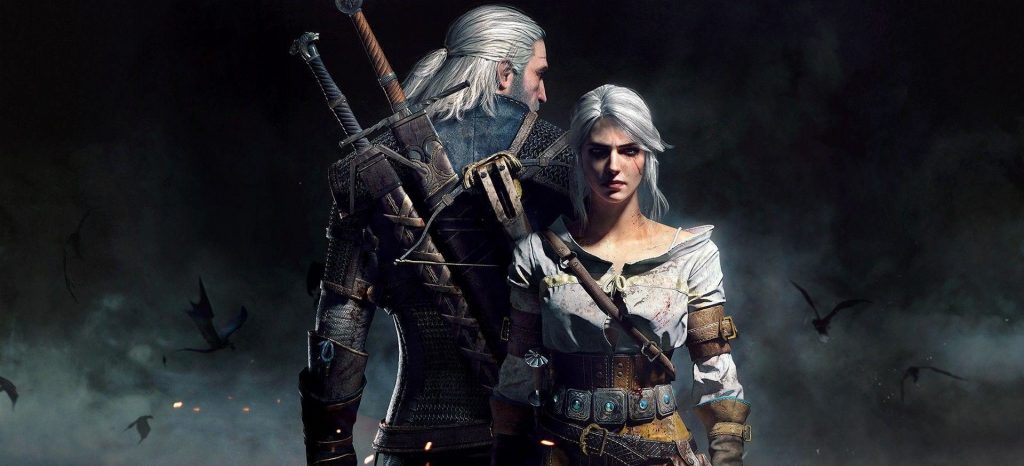
But The Witcher 3: Wild Hunt is unique in this particular aspect. Most of its predecessors in the open-world RPG genre rarely relied on the game’s main plot, preferring to develop the game world’s atmosphere with the help of a vide variety of elaborated side quests. Thanks to this, the players of Fallout or The Elder Scrolls mostly remembered the main storyline only in urgent cases. Why rush through the game if you want to live and stay in it as long as possible? Even Rockstar’s Grand Theft Auto series, which has a good storyline, attracted players with its third-party activities way more.
CD Projekt Red took a completely different approach when working on the Geralt adventures. The open-world here still has a lot to offer the players who love to wander around the surroundings or experience the daily life of a monster hunter, but the game’s main plot definitely can’t be called weak. The central storyline is so exciting that you want to forget about the rest of the world and quickly find out how the story of Geralt, Ciri, Yennefer, and the rest will end. With such a tense narrative, few users want to be distracted by some farmers and their problems with monsters.
Largely thanks to Wild Hunt, the storyline in open-world games has improved significantly in recent years – you can see that in Marvel’s Spider-Man, Horizon: Zero Dawn, or even Death Stranding. It is worth noting that the opposite happened with Ubisoft and their flagship series Assassin’s Creed: previous games were forcing players to complete the main storyline in different ways sooner or later, but AC: Odyssey, on the contrary, focused on side quests and activities.
Witcher instinct

Even people who haven’t played Wild Hunt have heard about this one. Yes, many people don’t like the highlighting mode for quest items and quickly begin to get bored when using it in every story mission. Yes, back in 2009, Batman used the “detective mode” in Arkham Asylum to the fullest. Yes, CD Projekt Red wasn’t the first one. But it was they who elevated the “witcher instinct” system, as it’s called in their game, to the absolute, and forced the entire industry to try to implement this mechanic in one way or another.
For example, let’s go back to Horizon: Zero Dawn, which we mentioned earlier. The main heroine of the game, Aloy, just like the Witcher, uses a special perception mode that allows you to open hidden things – for example, the vulnerabilities of large opponents. Ubisoft developers have implemented this principle in a rather original way – in Assassin’s Creed: Odyssey, the function of “witcher instinct” is performed by a pet eagle, who is looking out for enemies and clues from a bird’s eye view.
Detective elements in RPG
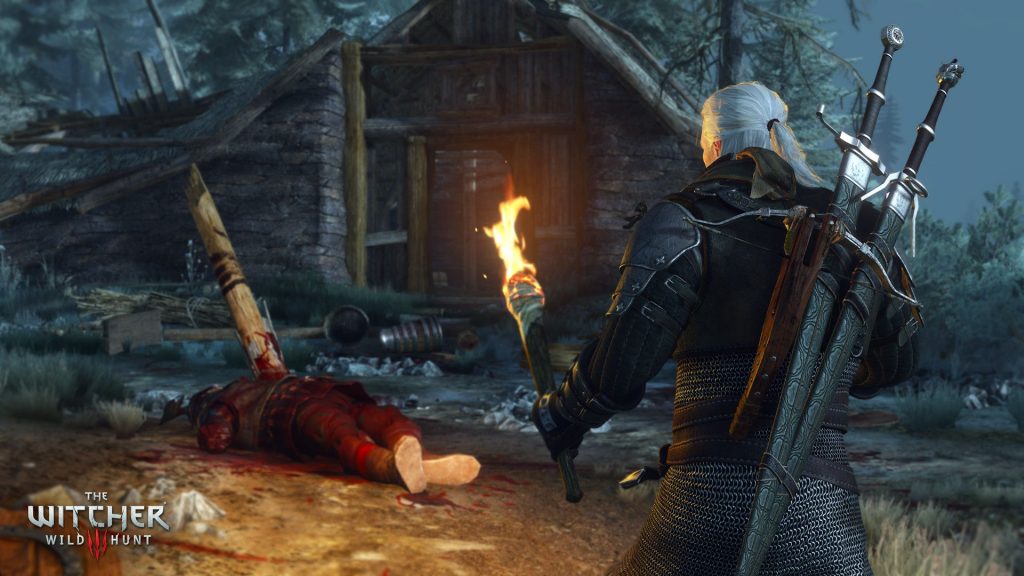
Detective quests are not surprising in a game, which has a specific vision game mode for highlighting something secret. There are plenty of them in The Witcher 3: Wild Hunt– the user has to periodically hunt down the monsters, using evidence such as imperceptible splashes of blood or claw marks. It brings variety and a certain amount of realism to the game (as much as possible in a fantasy world), showing that the life of a witcher isn’t only a constant sword swinging, but also a regular mental work.
Players warmly accepted this innovation, which served as a signal to other companies – detective elements are now ubiquitous in open-world games, including Days Gone, AC: Origins, and many others.
To summarize, The Witcher 3: Wild Hunt was not an original and innovative game, but its success came from the high-quality implementation of already existing little-known techniques and techniques. That’s why the game from CD Projekt Red continues to be a beacon for developers and a masterpiece for players even five years later.


